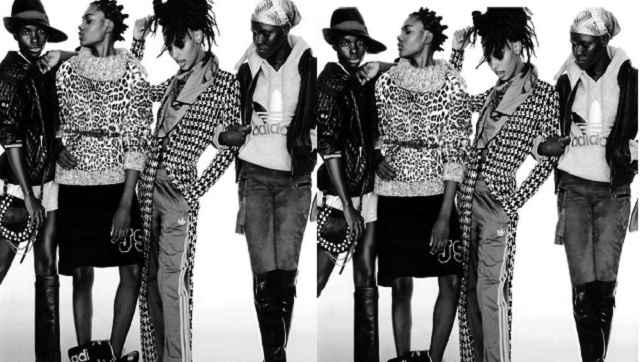In 2018, actress Frances McDormand gave an acerbic Oscars acceptance speech in which she celebrated “hooligans and anarchists” and “feminist mothers,” but also ended with a two-word suggestion to her Hollywood peers, with no further explanation: “inclusion rider.” While her speech generated buzz around the idea of an inclusion rider — a contract provision that actors and filmmakers could use to compel productions to diversify their hiring — and the concept gained early support from Michael B Jordan, Ben Affleck, and Matt Damon, it did not explode in popularity overnight. [Riders, it should be noted, are more widely known as a list of demands stars make for the contents of their dressing rooms.] More recently, the movement’s focus has shifted toward encouraging companies to put in effect riders on their own, before being forced to by individuals like McDormand or Jordan. Last year, a new template for the #ChangeHollywood rider was released by a coalition that included the racial justice organisation Color of Change and the production company Endeavor Content. The rider drew support from the likes of AMC Studios and the 2022 Grammy Awards show. This year, the rider is moving to its next entertainment arena: fashion shows, with which Endeavor is intimately familiar, through its ownership of IMG, the management company that produces much of New York Fashion Week. IMG represents crucial show crew members like models, stylists, production designers, hair and makeup artists and more.
Fashion’s embrace of the rider also comes in the aftermath of a racial reckoning in the industry, which inspired several new organisations devoted to elevating Black voices and holding accountable a business long criticised for treating diversity like a trend.
The #ChangeFashion rider is part of that response: a tool for those who made promises about equity and inclusion to follow through on them, said Rashad Robinson, the Color ofhange president. “This isn’t only about who is onstage, in front of the crowds,” he said. “It’s about having a diversity of talented people at every step of fashion productions, behind the scenes as well.” While the rider is a template that allows customisation, its core goals are these: to help organisations diversify their hiring pools, set bench marks for improvement, collect data, and hold themselves accountable for their gaps — with, for example, financial donations to professional organisations working to fill those gaps. “The first step of any meaningful change is tracking,” said Romola Ratnam of Endeavor Impact, the philanthropic arm of the production conglomerate. She emphasised, though, that targets should be flexible. [For instance, one production may aim for its employees to reflect the demographics of the country, while another sets its goals by its city’s numbers.] One challenge unique to runway shows is the breakneck speed of the hiring process. Shows are often cast with models and staffed with crew just days before the event. Because these productions happen only a few times a year, there are not human resources departments to handle applications or interviews. “You can’t do inclusive hiring at the last minute,” said Kalpana Kotagal, a civil rights and employment lawyer who helped write the rider template [along with Fanshen Cox, the president of TruJuLo Productions, and Tasmin Plater, the head of human resources for Endeavor Content]. When hiring is expedited, managers tend to rely on people they already know and trust — or recommendations from those they know and trust — meaning fewer opportunities to “take a chance on people,” Ratnam said. As a result, some production staffs [lighting and sound crews, for example] can be “overrepresented by the same white males,” Ratnam said, though she added that this is more often about expedience than malice. The first implementation of inclusion rider in fashion will come Sunday in New York, at a runway show organised by In the Blk, a collective of Black fashion professionals founded by designer Victor Glemaud, and produced by Focus, the internal production company of IMG. Three emerging designers selected by Glemaud will showcase their designs. Glemaud said he hoped the rider would be adopted beyond New York Fashion Week, which is just one part of fashion’s twice-annual traveling circus, along with London, Milan, and Paris. “I think it’s really important that this not be like a New York thing or an American thing,” Glemaud said. Fashion Week “is a tour that is global. And creativity is global. And this idea is global.” Jessica Testa c. 2022 The New York Times Company
)